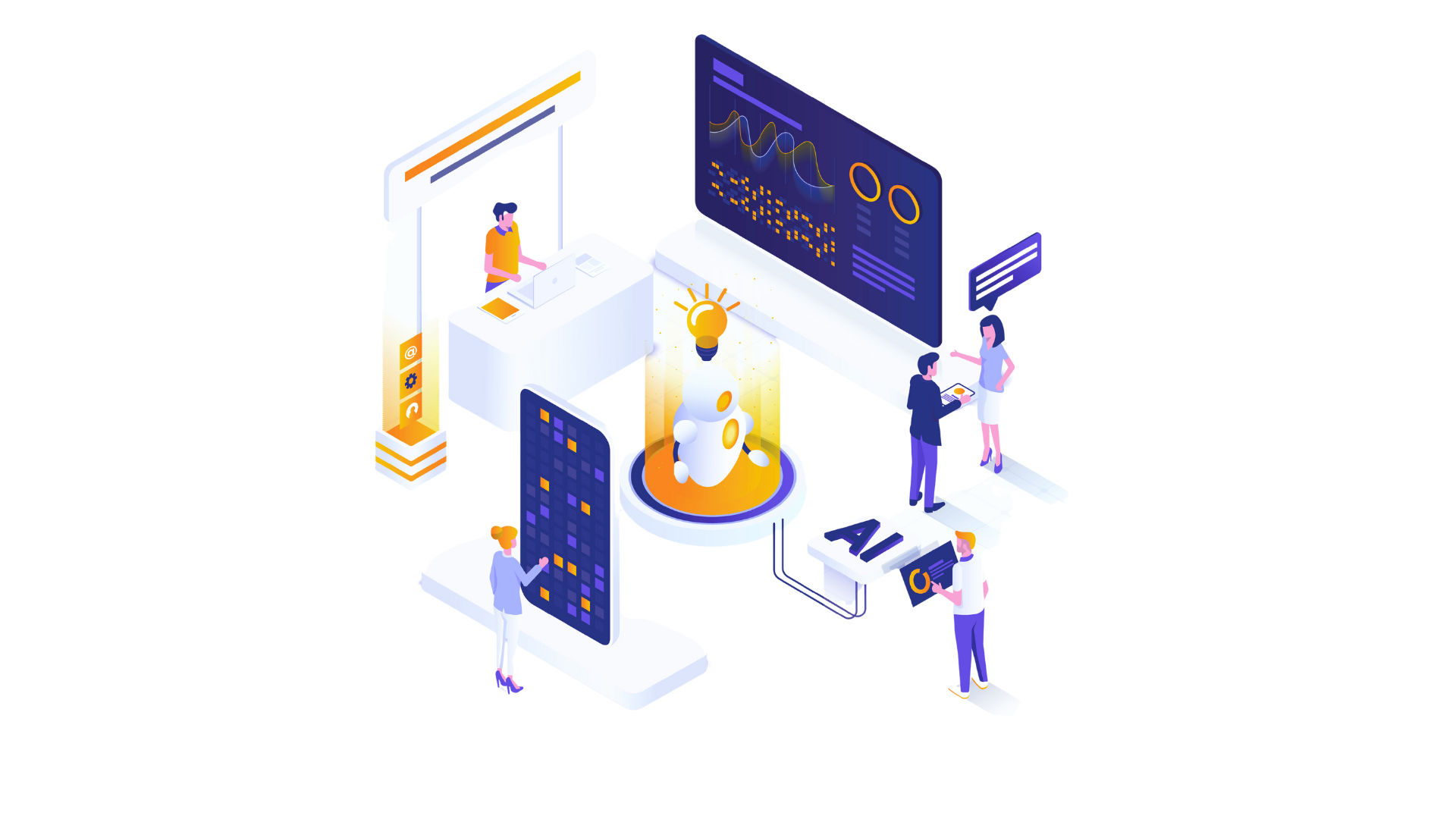Powerful translation tools strengthen the brand
Machine translation, translation or ‘CAT’ tools, term bases and translation memories are technical aids that make the translation process...
2 min read
Simon Giulja Ahl
Jan 18, 2024 9:14:42 AM

Diving into the realm of translation technologies, it's hard to understand the difference between the two key contenders: machine translation and AI (Artificial Intelligence) translation. These technologies have significantly altered our approach to overcoming language barriers, but what sets them apart?
Machine Translation: This is the classic approach in machine supported translation technology. It's based on fixed algorithms and rules for converting text from one language to another. It's fast and efficient, particularly for straightforward or standardised text translations, but it tends to fall short in grasping the nuances and cultural context of language. This is suitable for basic, literal translations, but it may struggle with complexity and subtlety.
AI Translation: Enter the advanced contender – AI translation. This method employs cutting-edge machine learning and neural network techniques. It doesn’t just translate words; it aims to understand and convey the essence and nuances of the original language. AI translation adapts and improves over time, gaining proficiency in handling idiomatic expressions and specialized terminology. It’s particularly effective for translations where context, tone, and cultural relevance are key.
Here is the catch!
When it comes to choosing between the two, you almost don't have a choice. Most former machine translation tools are taking the leap towards AI and neural learning. The label is of course still circulating, and there are machine translations tools that still haven't taken the leap. My professional guess is that as more companies decide to use AI powered tools for translation, the label "Machine translations" will either go extinct or take on a new modern meaning with generative AI. This will of course create new questions surrounding privacy and translation bias, but i will leave those for a future blog post.
Here are three examples of current AI powered translation tools:
Google Translate: Utilizes advanced machine learning and neural networks to provide real-time translations across a multitude of languages. Known for translating web pages, documents, and text in images through its mobile app.
DeepL Translator: Renowned for its exceptionally natural and fluent translations, DeepL operates on one of the most sophisticated neural network models for language. It is praised for handling nuances and contexts effectively.
Microsoft Translator: Powered by Microsoft's AI technology, this tool offers translations across a wide range of languages. Integrated into Microsoft products, it features offline translations, document translations, and a personalized phrasebook.
In summary, understanding the differences between machine and AI translations becomes less and less important as the labels becomes more blurry. As long as you are understanding the differences between traditional machine translations and the modern AI powered machine translations whilst staying updated on generative AI, you will be fine.

Thank you for reading my post, i hope you gathered some valuable insights!
Would you like to learn more about AI translations or discuss your translation needs?
Email: simon.giulja@comactiva.se

Machine translation, translation or ‘CAT’ tools, term bases and translation memories are technical aids that make the translation process...

Translation of e-commerce for local markets. Black Week and the Christmas shopping season are crucial periods for boosting sales and building new...

The translation industry has always had three pillars when it comes to quality assurance: proofreading, language review, and post-editing. However,...